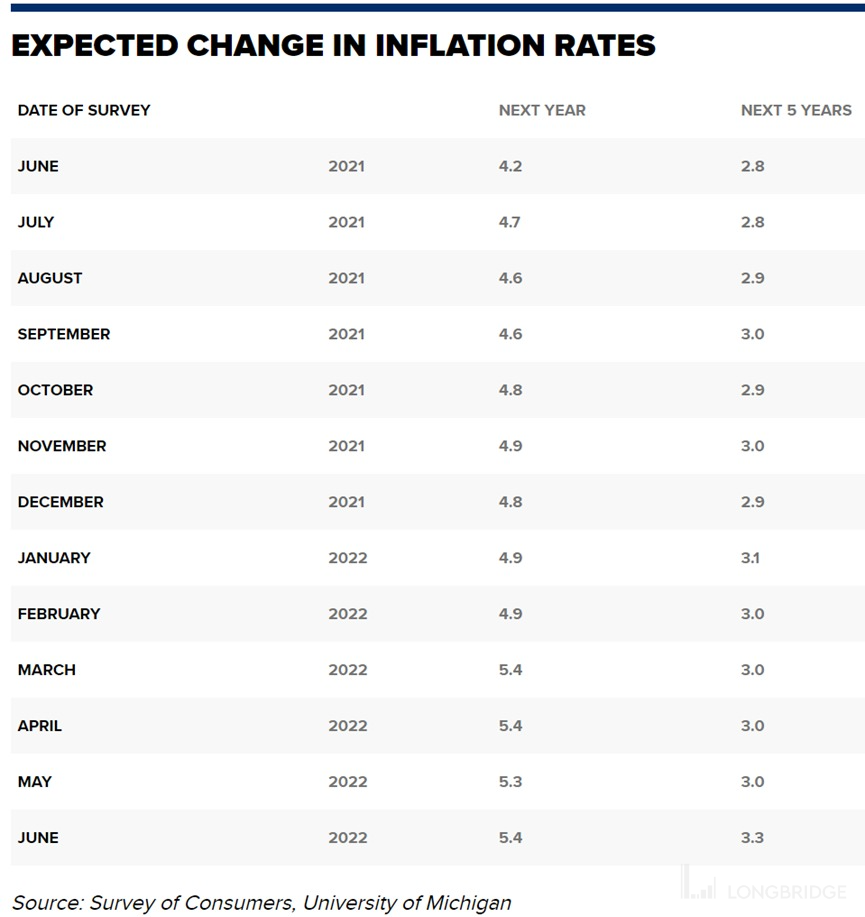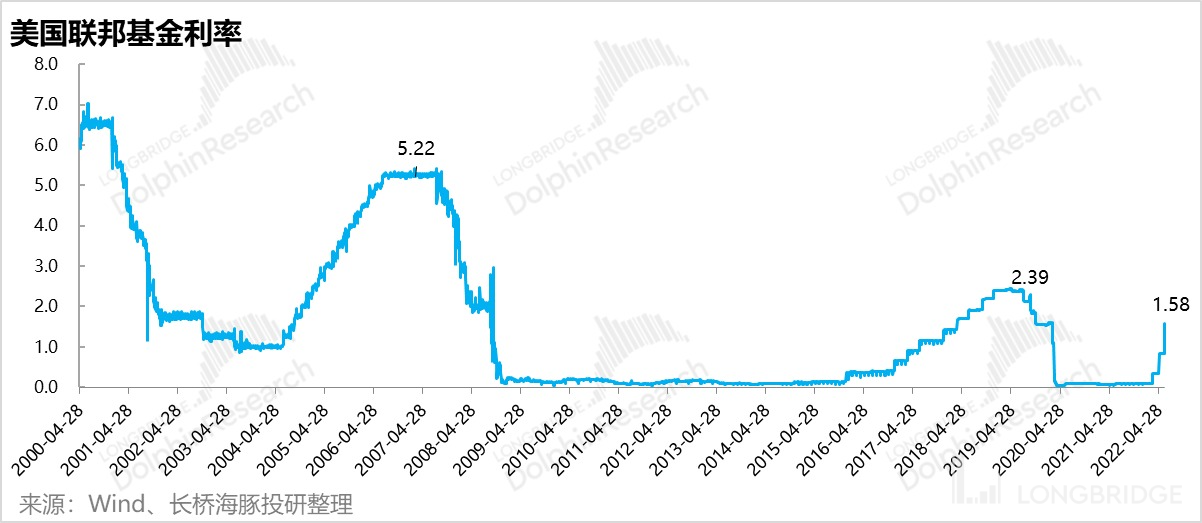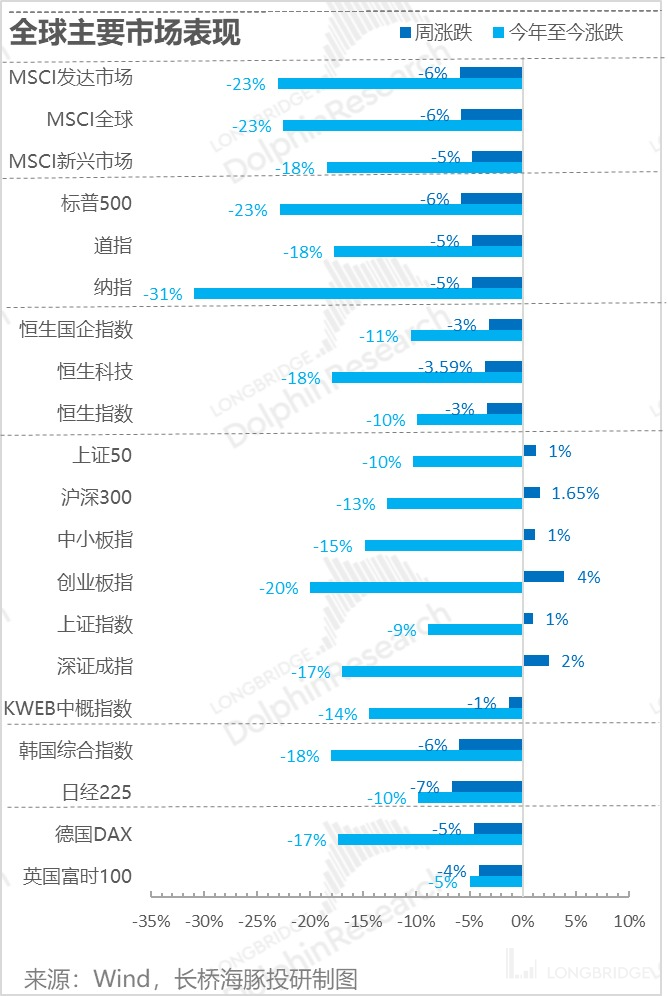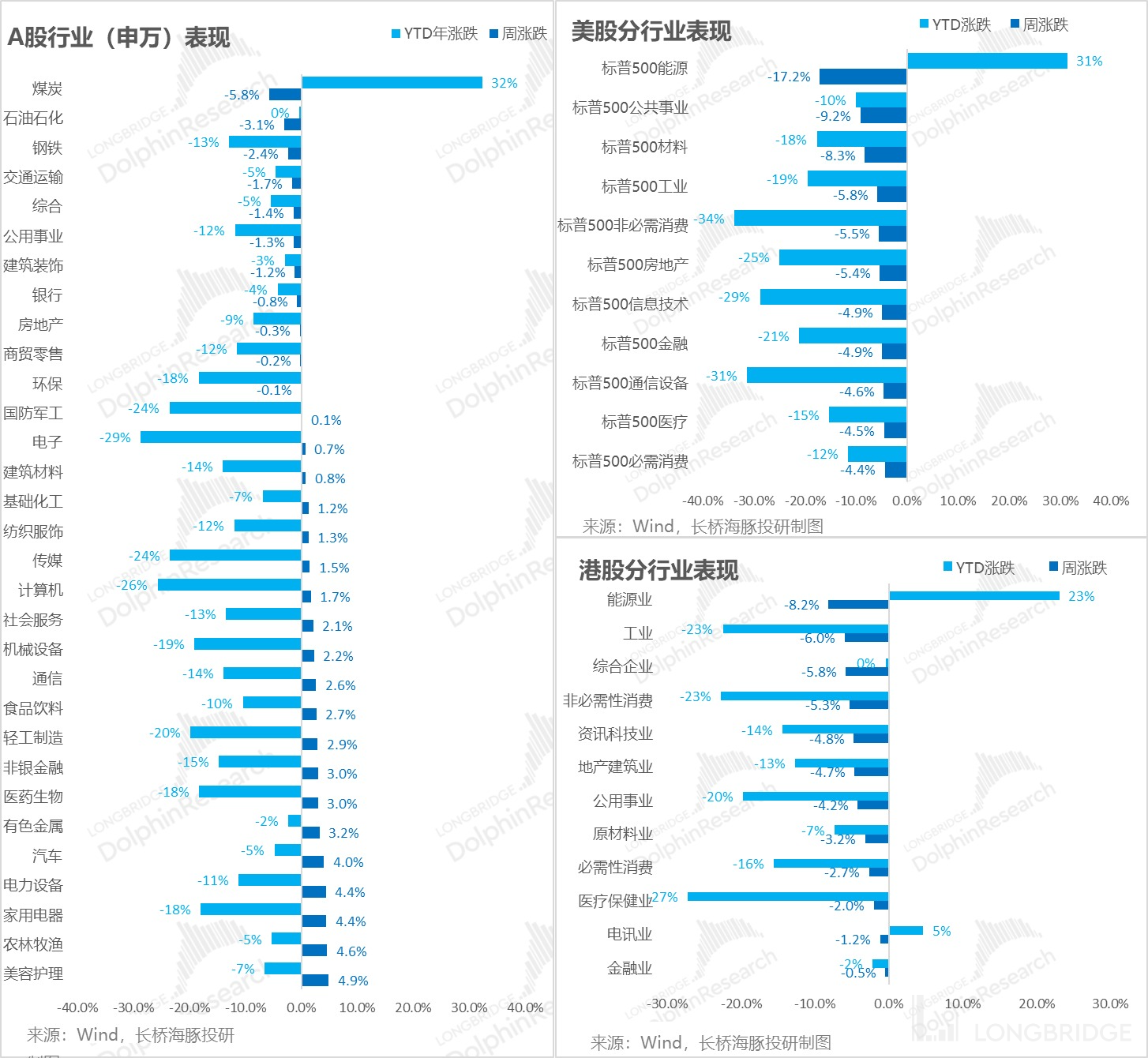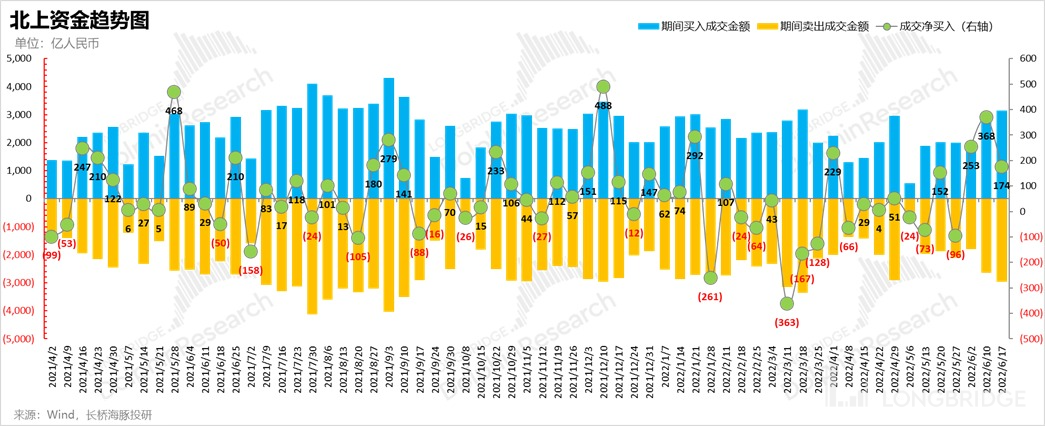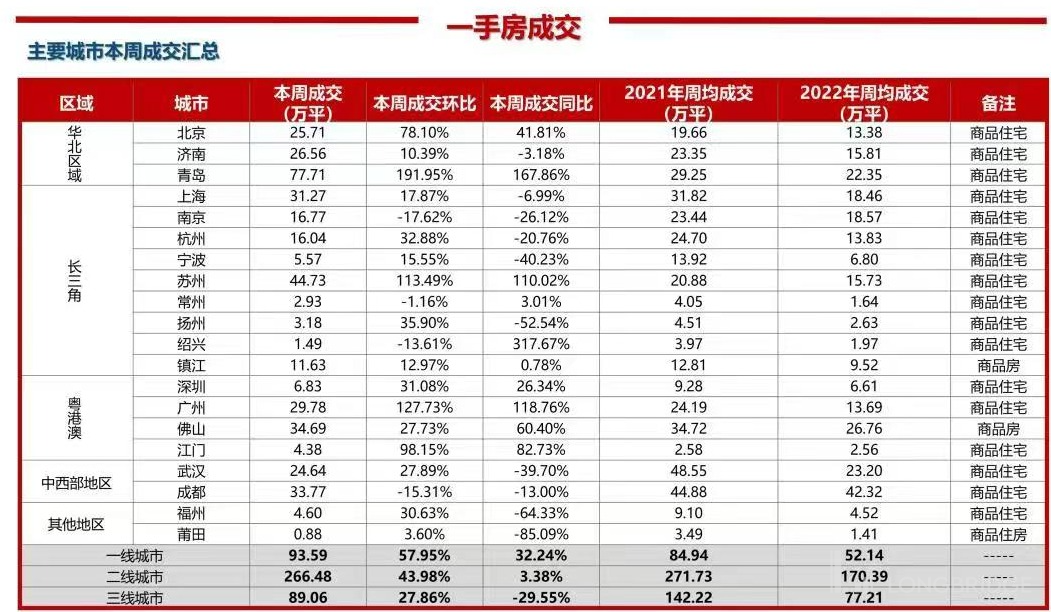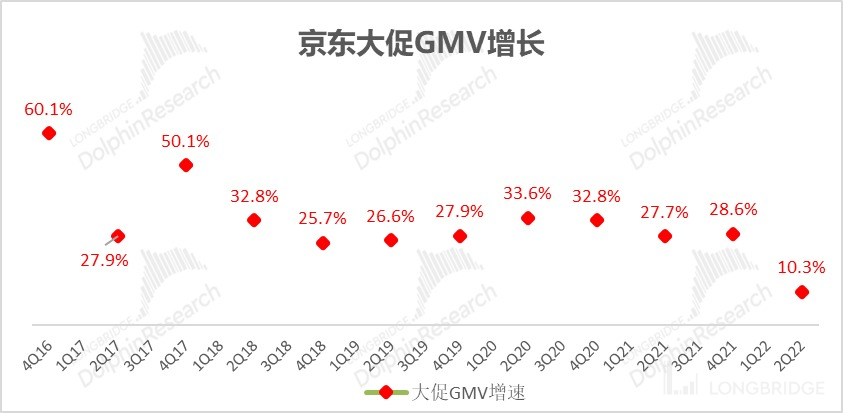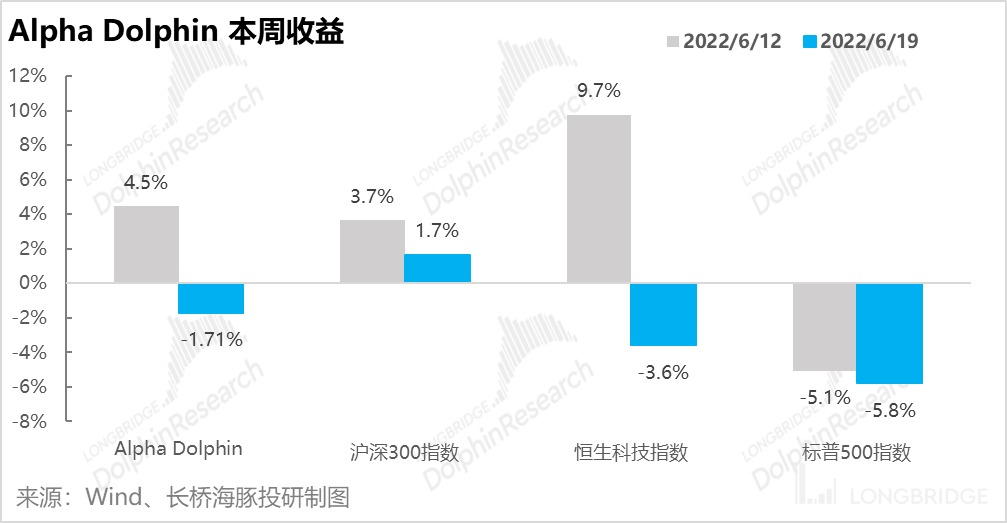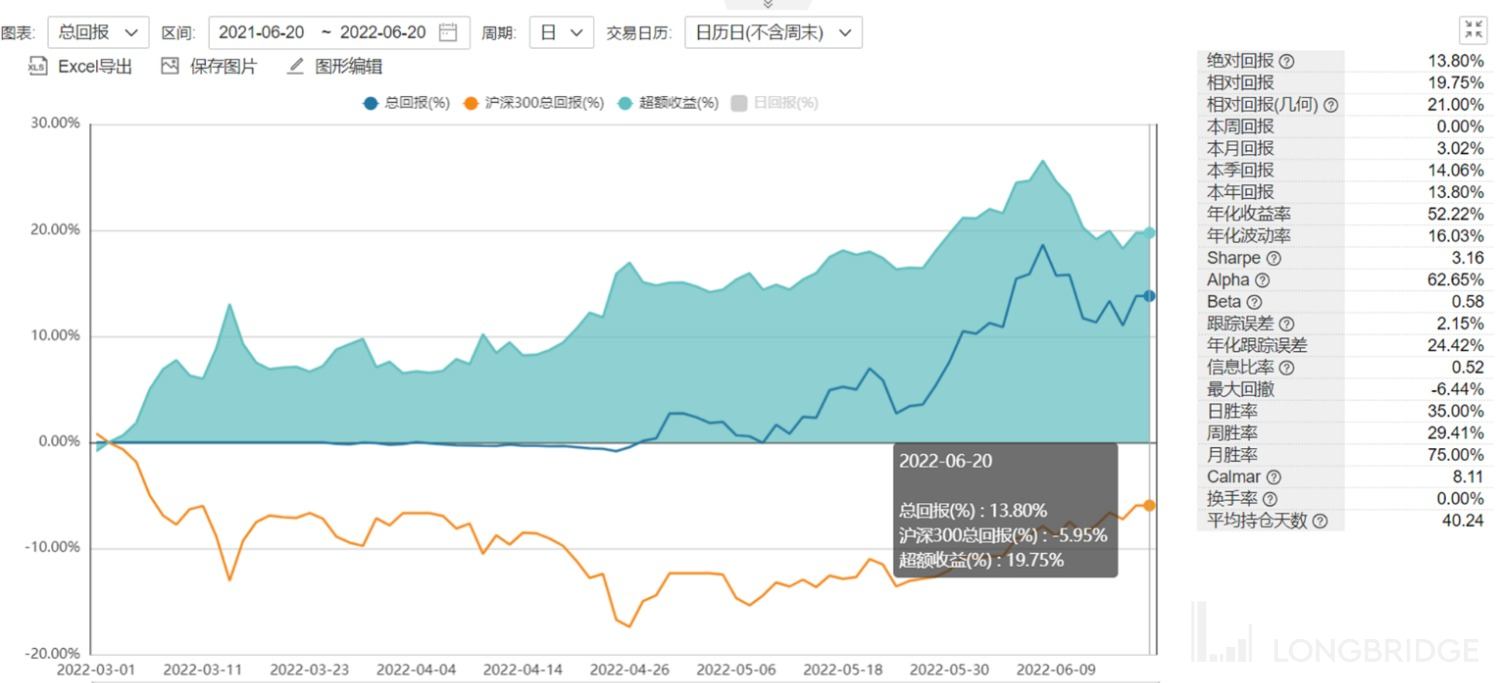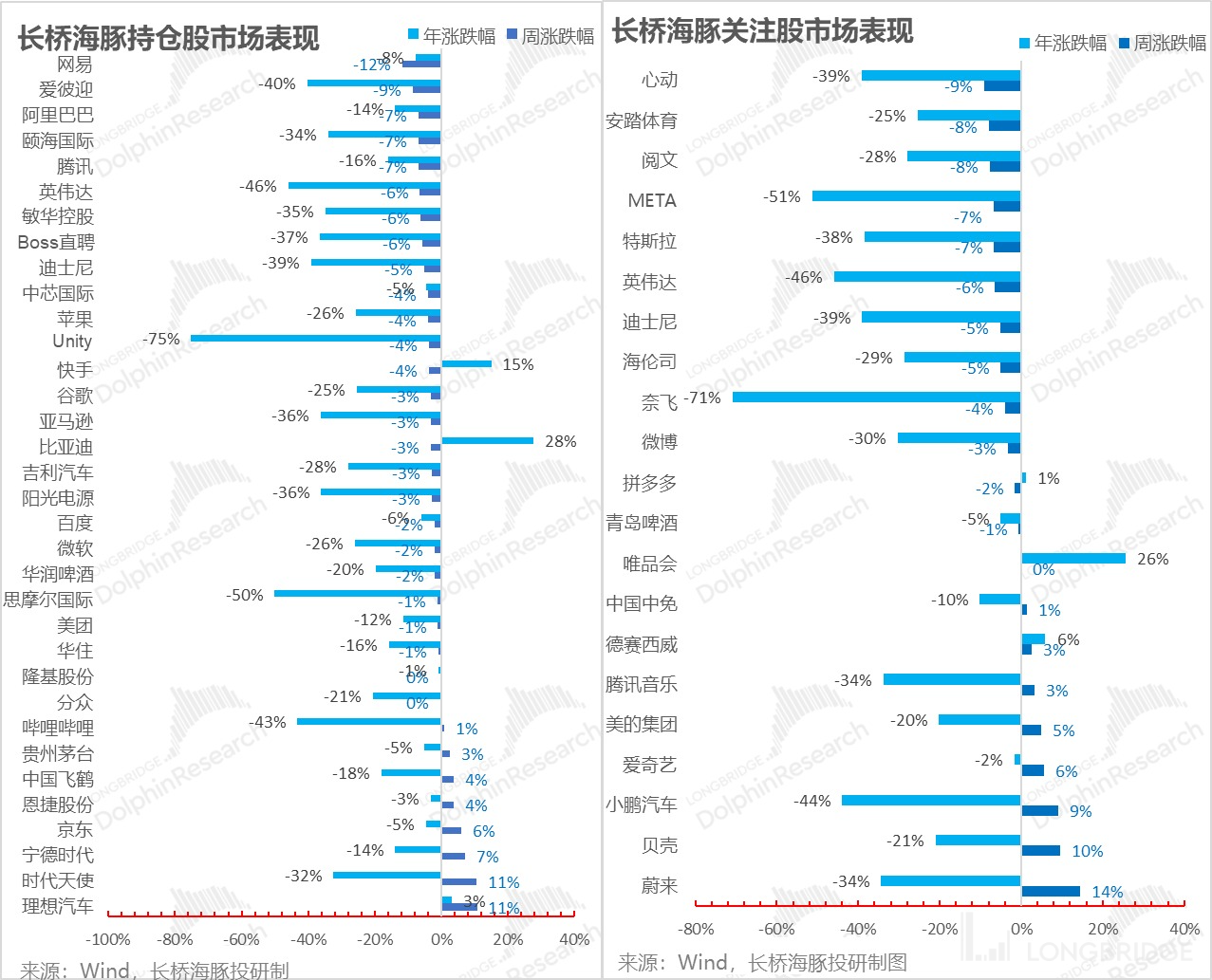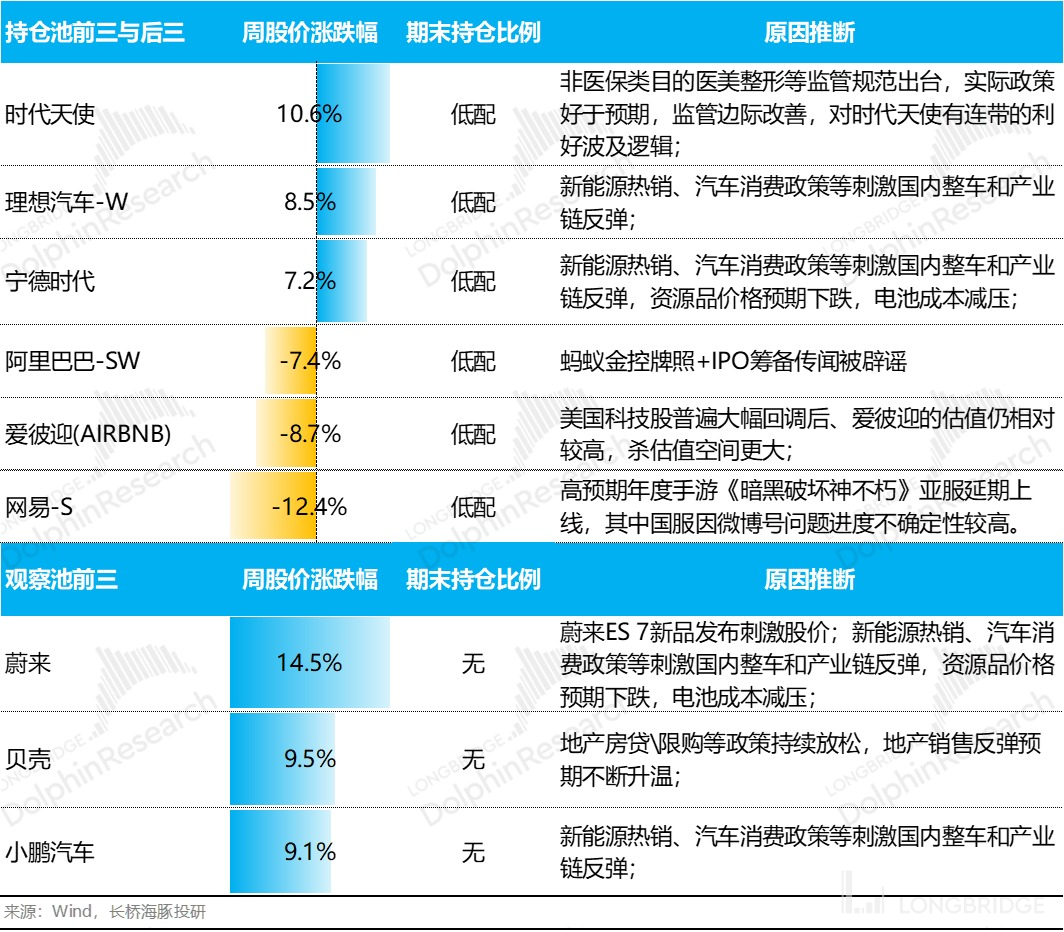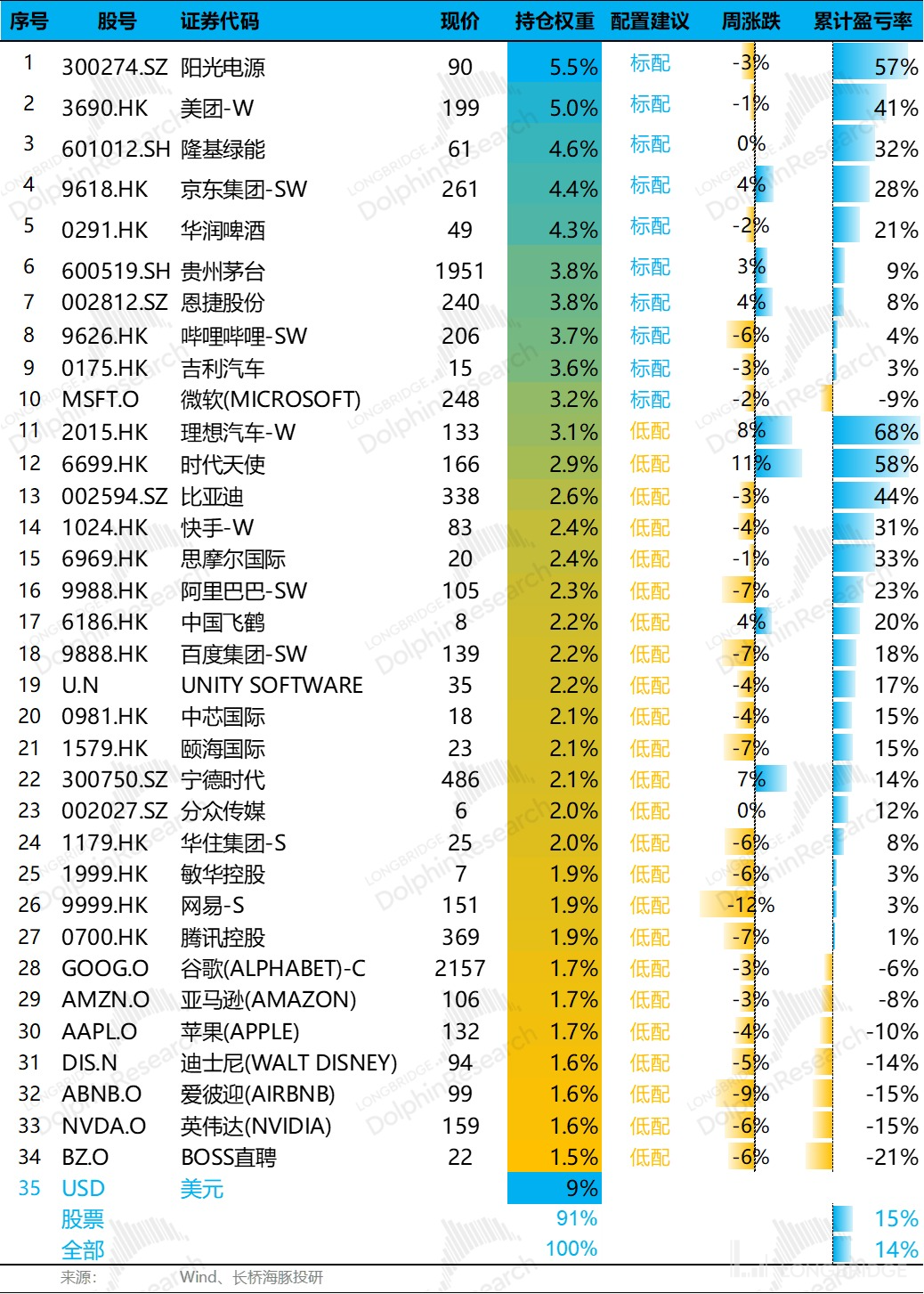The Federal Reserve's accelerated interest rate hike has unexpectedly brought opportunities for Chinese assets.
Hello everyone, I am Dolphin!
This is the second week's portfolio dynamic update of the Dolphin team's simulated combination, Alpha Dolph. But before this update, let's take a look at a core event of the rise and fall of major asset classes last week—the Fed's interest rate hike.
1. Fed's Interest Rate Hike: "Too Late" Regret, "Too Slow" Remedial Measures
It is acknowledged by the Fed itself that the start of this round of interest rate hikes in the United States was too late, and the inability to keep up with the pace of rate hikes may be another "shortcoming" of this Fed.
In May, inflation in the United States exceeded expectations, and consumer inflation expectations rose again. At the interest rate meeting on June 15, the Fed announced an increase of 75 basis points, directly surpassing the previously guided 50 basis points.

In fact, before announcing this 75 basis points, even though everyone had been shouting that the inflation tiger had arrived, the federal policy rate in the United States was only between 0.5% and 0.75%.
In the case of already high inflation, after two increases of 50 basis points, the current level of interest rates still represents a "accommodative" monetary policy that encourages borrowing demand. The cost of borrowing is still extremely low, and it is not surprising that there is still strong demand for corporate investment and hiring.
In other words, one of the major problems the Fed faces in dealing with inflation this time is that, in addition to insufficient foresight and a late start to rate hikes, the rate hike speed is too slow.

Based on Dolphin's understanding of Powell's speech this time: The Fed divides the level of interest rates into three types: "accommodative," "neutral," and "tight," corresponding to approximate interest rates of below 1.5%, 2-2.5%, and 3-3.5%, respectively.
In addition to the 75 basis point increase, the Fed guided the market's interest rate expectations to fall between 3% and 3.5% by the end of the year. It also guided the next rate hike in July to be between 75 and 50 basis points, which is equivalent to accelerating the pace. It quickly moved the interest rate from the "accommodative" level to the "neutral" level corresponding to the long-term interest rate target of 2-2.5%. This is a situation where people are shouting that the inflation tiger has arrived, but interest rates are still in a "flooding" state.
After reaching a level of around 2-2.5%, which is close to the long-term target interest rate level, there is some room for further rate hikes based on the actual performance of inflation and inflation expectations.
In Dolphin's view, this "acceleration" of rate hikes is to some extent a good thing for Chinese assets that have already hit bottom in the loose domestic environment. After the interest rate hikes are quickly in place, the speed of stabilizing external interest rates will accelerate. After the stability of the external market, there will be a slight opening of the policy space for exchange rates and monetary prices in China. Only under a series of policies such as monetary easing, real estate support, and stimulation of automobile consumption, can A-shares accelerate their way out of the bottom. II. Global Market Plunge, A-Shares Shine Alone
In response to this situation, domestic A-shares seemed to be ahead of the game last week: while global markets were "following" the accelerated rate hikes by the Federal Reserve, global assets such as Europe, the United States, Japan, and South Korea all experienced a sharp decline, and Hong Kong stocks also fell after rebounding due to the "acceleration" of US rate hikes. Only A-shares stood out as relatively independent.

Also based on the Federal Reserve's serious approach to accelerating rate hikes to "neutral," the market expects commodity inflation to gradually cool down, and inflationary assets such as energy and industrial resources are declining in major markets.
After the decline in expectations for commodity inflation, A-shares, in a relatively independent market, have started to rally in industries that were previously eroded by commodity inflation, largely ignoring the greater-than-expected rate hikes in US stocks. Meanwhile, sectors such as coal and petrochemicals, which had previously seen significant gains, experienced a considerable correction last week.

At the same time, with the expectation of a stable external market environment after the acceleration of rate hikes and the domestic economy leading the way out of the bottom, northbound funds continued to buy A-shares last week. Perhaps foreign investors also recognize the logic of an earlier recovery in the domestic market.

III. Real Estate Rebounds from the Bottom, but Consumption Remains Weak
This week, the market saw the long-awaited recovery in year-on-year sales of real estate in China's core cities, signaling relief from the collapse of the real estate chain. This important signal has once again added fuel to the expectation of China's economic recovery.

However, looking at the newly released 618 consumption data from the weekend, the pace of consumption recovery is still relatively slow. JD.com's cumulative order amount during this year's 618 event was 379.3 billion RMB, a 10% year-on-year increase. There is no data available for Pinduoduo and Tmall, but according to some market research, Pinduoduo's growth rate in June is estimated to be between 30% and 35%. Alibaba's performance during the 618 event should be average based on data from certain categories. The true recovery of overall consumption still needs to be monitored continuously.
 IV. Portfolio Performance Last Week:
IV. Portfolio Performance Last Week:
Last week, while the A-share market was the only bright spot amidst a general decline in the global market, the performance of the Dolphin portfolio was not as strong as the Shanghai and Shenzhen 300 Index due to the presence of certain overseas assets and Chinese concept stocks that experienced a rebound followed by a subsequent decline. However, it still outperformed the Hang Seng Index and the S&P 500. Specifically:
Alpha Dolphin's portfolio declined by 1.7% last week (June 13th to June 17th), and if we exclude the 9% cash weight in the holdings, the equity assets declined by 1.9%.
On the other hand, the Shanghai and Shenzhen 300 Index had a positive return of 1.7% last week, which means it underperformed. However, it still outperformed the Hang Seng Tech Index (-3.6%) and the S&P 500 (-5.8%) in relative terms.


V. Contribution of Individual Stocks: Strong Performance in the Automotive Industry, but Valuations in US Stocks Declined and Chinese Concept Stocks Experienced a Pullback
In terms of the contribution to the portfolio's performance, last week, the holdings of Dolphin portfolio performed well in the automotive industry, but underperformed in US stocks with certain valuation premiums and Chinese concept stocks that experienced a short-term surge followed by a correction. The decline in Chinese concept stocks was mainly driven by news and events.

Below are some observations from Dolphin regarding the stocks that experienced significant declines or gains in the portfolio this week, as well as some stocks with significant gains in the watchlist.

VI. Overall Performance of the Portfolio to Date:
If we look at the overall performance of the Dolphin Alpha portfolio from the internal testing launch on March 1st until last Friday, the total return was 14%. The allocation weights of the current holdings are as follows:

In the second week since the official launch of the portfolio, there were no adjustments made. Currently, there are 10 core holdings and 24 underweight holdings, with no overweights.
In addition, this week we will gradually cover some consumer stocks, such as Jiulianhao and POP MART, and introduce a new financial payment stock - Square. Stay tuned.
Risk Disclosure and Statement for this article: Dolphin Research Risk Disclosure and General Disclaimer




